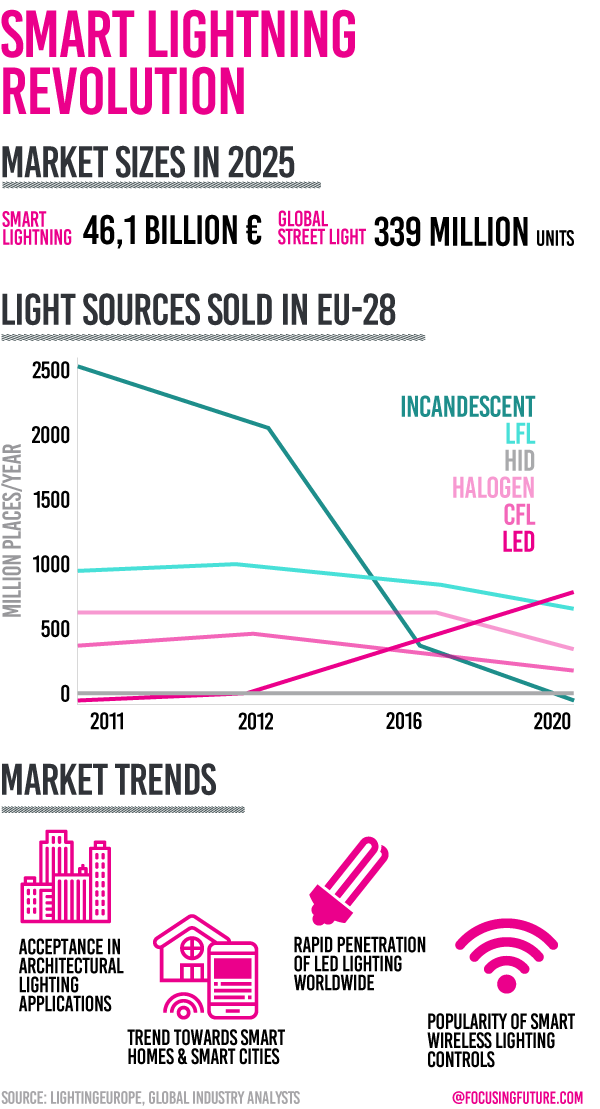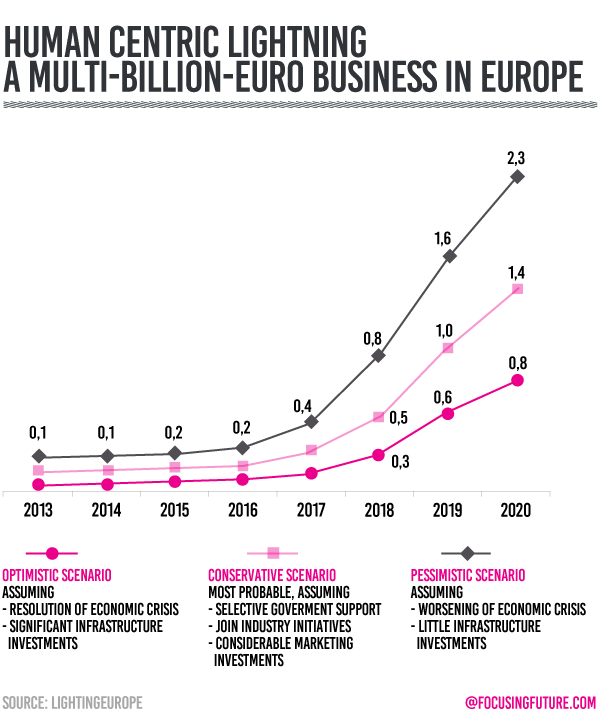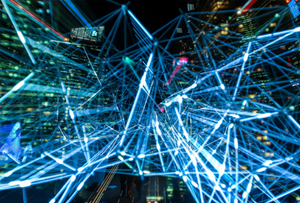![]() 6 minute read
6 minute read
The global light fixture industry is predicted to be worth $76 billion by 2025 with a CAGR of 14% from now. The industry has expanded due to innovations in technology. Several types of lighting systems are seeking to dominate the future use. The residential and commercial trends are the main drivers that will dominate how general lightings of the future will look like and market trends of today offer a reflection of that.
Intelligent
lighting systems
Lighting systems include components such as sensors, controls, design and installation making the system smart. [nbsp]One such example is the street light technology being used by Intelilight. According to estimates available on their website, their smart technology reduces energy cost by 35% which, in turn, leads to a reduction of operational costs by up to 42%. These savings are crucial in the way light systems will evolve in the future. As the future generation will prefer sustainability, they would naturally be inclined towards technology that is efficient.

These trends can be observed already in the real estate business. For one, light efficiency is included as one of the seven components that compute the Well Building Standard and certifies buildings. Moreover, real estate that is more energy efficient due to improved daylight harvesting and equipped with autonomous and accurate intelligent light sensors, is in greater demand than their counterparts. The same can be predicted for housing which, according to Gartner, are predicted to become the highest user of smart systems in the near future. And all of this might have something to do with the LI-Fi technology. Li-fi uses light to transmit data with via the light waves. Invented by Professor Harald Haas from the University of Edinburgh, the technology has been able to achieve 224Gbps in lab environments. Velmenni, an Estonian Company, is piloting its usage in their buildings and have managed to send data at 1Gbps already (100 times faster than current wi-fi technologies). As the future will be a lifestyle immersed in the Internet of Things, a high-efficiency internet connection will be an essential component. Houses, already fixed with light systems that can integrate Li-fi will hence provide a seamless environment for this lifestyle. As Haas puts it ‘In the future, we will not only have 14 billion light bulbs, we may have 14 billion Li-Fis deployed worldwide for a cleaner, greener and even brighter future’.
Lightning
as therapy
Human Centric Lightings are used to trigger circadian rhythms and impact those exposed to the light. Circadian rhythms are the biological, internal clock which monitors awake/sleep timings. The brain, sensing the environment, directs our hormonal glands to either be tired or be active. By fluctuating light in the environment, the brain can be manipulated to modify one’s circadian rhythm. [nbsp]In this way, a light setting emphasizing blue Hues (tones), can trigger activeness, reds and oranges can soothe and relax and bright lightening can imitate days. Moreover, certain lighting used smartly can actually accelerate healing or, trigger the body to act in certain ways.

Chromaviso, a project conducted by Dr. Ander West, in collaboration with Harvard, used LED lighting systems to trigger circadian rhythms in patients at selected hospitals in Denmark. Funded by Markedsmodningsfonden, the 1.3 million euros project allowed staff to monitor changes in the recovery, activity and general health of the patients with different light environments. Moreover, the hospital also checked if the lightings improved staff activity and moods. According to the study, patients who slept in the Chromaviso settings were ‘more calm during the night [and] less agitated’. Similarly, according to Leanne Langhorn, a Clinical nurse specialist at the hospital, ‘Staff, who have been exposed to Circadian Lighting from Chromaviso, sleep better and feel better rested. Several statements from the staff also point that they thrive better and now have the right light for their tasks’. The results have since triggered an increased demand for HCL systems. Numerous hospitals all over Scandinavia have pledged to install the systems. Similar systems are now being installed in the International Space Station to improve the circadian cycles of the astronauts. Given the increased interest of HCL, the industry is potentially worth multi-billion dollars in Europe alone and is being pushed by LightingEurope as the natural next step for lights in the continent.
Circular Economy
As the general trend leans towards sustainability, the lighting industry seeks to embrace a circular economy. This way, the industry at large, is attempting to make the use of lights environmentally efficient, with little or no eco-footprint. This is being done by making products that last longer and are easily modifiable or reusable, leading to paying for the service as the only cost to consumers. The circular economy is one of the prime targets of LightingEurope, which emphasized the refurbishing, remanufacturing, reusing and redistribution of lighting systems.
Industrial giants such as Phillips have climbed the bandwagon and are now focusing on making products that are highly sustainable and can last for long periods. Their products are also designed to be more receptive towards potential future advancements in the technology and hence won’t have to be replaced. The circular lighting service by Phillips, provides lighting audits, operation, maintenance, upgrades and end-of-life management. Hence, all needs of light, be it the wiring or the lamps, will be owned and provided by Phillips and a customer will only have to pay for light. By providing high-quality equipment and ensuring swift maintenance, the company predicts savings in both the bills and also the impact on the environment. According to Frans van Houten, the CEO of Philips, the measures have already exploded into a €200 million business for the company and continues to grow.
Overall, according to some estimates, the circular economy model will be worth $4.5 trillion in a decade, with many industries already collaborating for it. For example, Vodaphone has signed an agreement with Philips to make wirelessly connected streetlights that use the company’s circular economy model. This further allows the engineers to monitor the health of the systems and make fixes whenever needed. Given the importance Philips is giving to the model, it is sure to reorient the lightening industry to strategize to make the most use of the circular economy trend.




